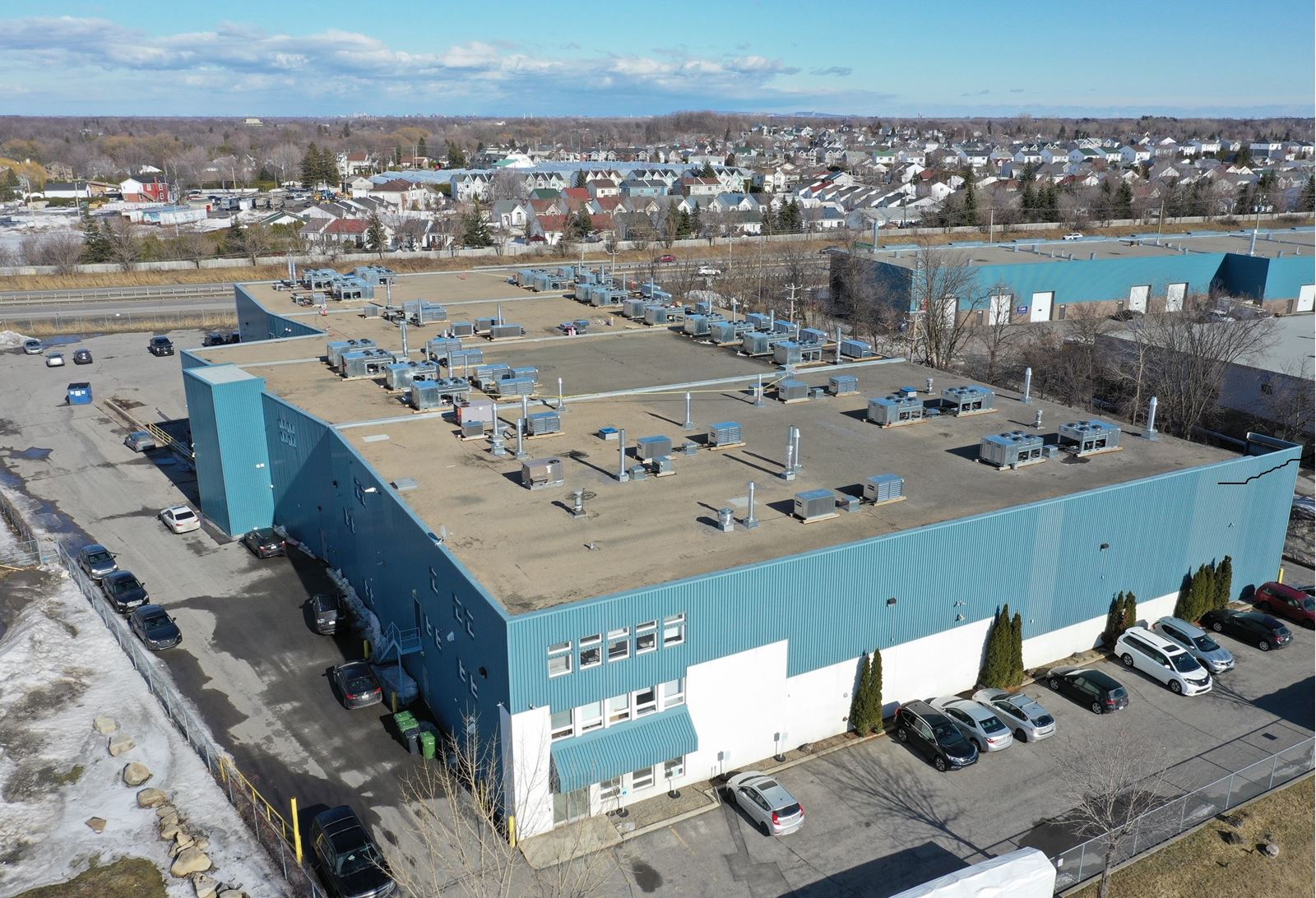Learn About Indoor Cannabis Cultivation - Verdélite
Verdélite has an approximately 88,000 square foot production facility in Saint-Eustache, in Quebec’s Montérégie region. Indoor production is done in closed rooms with little or no natural light.
“Indoor cultivation gives near perfect control over every aspect of production.” Yves Beaumier, Director of Operations at Verdélite.

Step 1 – Select the strains
Verdélite maintains a 42-cultivar gene bank. It is currently growing three strains, including CG4 and Chemdog, at its production site.
Step 2 – Grow the mother plants
Time required: about 6 months
Whatever the production type, seeds of the strains considered most promising (due to their resistance to poor weather conditions or popularity with users) are planted. These become the mother plants.
Step 3 – Take cuttings of the mother plants
Time required: 1 day
Mother plants are plants from which cuttings can be taken. The room in which the mother plants is grown is usually called the propagation room. Once the mother plants reach maturity, they can be kept going for a few months. A new set of mother plants is always being grown to replace the preceding generation. A mother plant typically produces 200 to 400 cuttings.
Step 4 – Grow the cuttings
Time required: about 4 weeks
The facility has a single veg room for its 18 flowering rooms.
Step 5 – Transplant the young plants
The team manually transplants the plants into individual pots, which are set on tables in the flowering rooms. Between 300 and 600 plants are placed in a room, depending on the number of lights.
Step 6 – Flower the plants
Time required: 8 to 12 weeks, depending on the strain
During the flowering stage, employees make a daily tour of the flowering rooms to make sure all the plants are doing well. All factors (temperature, water, light) are automatically controlled. Tests are done every day. These include foliage tests, pH tests and conductivity tests. When necessary, the plants are pruned to trigger new growth.
Step 7 – Harvest the plants
Time required: 1 to 5 days, depending on the size of the harvest
At Verdélite, harvests are done a batch at a time and during a single day. (Each flowering room contains one batch.) All harvesting is manual and handled by eight employees.
Step 8 – Dry the plants
Time required: about 1 week
The plants are hung upside down and dried for eight days.
Step 9 – Trim the plants
Time required: about 5 days, depending on the size of the harvest
At this stage, employees decide whether to trim the buds manually or mechanically, using a “twister” machine. The decision is based on the quality of the harvested product and the intended use. Dried flower products are usually trimmed by hand.
Step 10 – Have the harvest tested by a laboratory
Time required: two to four weeks
Producers are required by law to send a certain quantity of each batch they produce to an independent Health Canada-certified laboratory for testing.
The analyses accurately detect the presence of even trace amounts of pesticides, bacteria, mould, residual solvents, mycotoxins and heavy metals, including lead, arsenic, mercury and cadmium. The product’s concentration of cannabinoids (THC, CBD, etc.), moisture content and terpene profile are also determined. For more information on this, click here.
A producer that destroys a batch declared unfit for use by the laboratory must do so in the presence of a person who holds a government-issued security clearance. The process must be filmed and two witnesses have to sign a document attesting that the batch was indeed destroyed.
Step 11 – Package the products
Time required: a few days
The batch of cannabis is packaged manually, which takes two to five days, or mechanically, which takes one to three days. All products are packaged on site.
Step 12 – Affix the excise tax stamps
Once the product is packaged, the employees have to stick an excise tax stamp over the opening of the container or secondary packaging (if any). Producers purchase the stamps from the federal government, which transfers part of the sums collected to the provinces where the products are sold. To buy stamps, producers must hold a licence granted only to producers licensed by Health Canada. Several other security measures are mandatory for cannabis producers. These include producing a detailed daily production report.
Step 13 – Deliver the products to the SQDC
Producers are responsible for delivering their products to all the SQDC stores that carry them.







